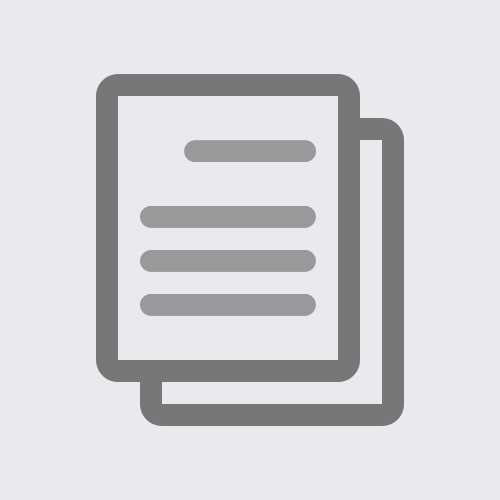Are you looking for work in the field of environmental design? Although it may seem difficult, there are things you can do to get past it and land the job you want. We next can examine a few tactics that will enable you to succeed in this cutthroat industry.
Revise your portfolio
Update your portfolio if you want to stand out from the crowd. Your portfolio functions as a sort of window showcasing your abilities and originality. Maintain everything up to date, accessible, and well-organized on the web.
Showcase your greatest work that demonstrates your ingenuity and problem-solving skills. Recall that a small number of excellent projects are preferable to a large number of mediocre ones.
Each project should have a brief description that sheds light on your design process and the outcomes you strive for.
Within the field of environmental design, your portfolio is quite important. It showcases your abilities and capabilities. Employers are drawn to original and creative projects that highlight your capacity for problem-solving and design thinking.
Regularly adding your most recent work to your portfolio lets prospective employers see what you're capable of right now.
Networking within the sector
Developing a network is crucial for locating employment prospects. Make connections with industry professionals on sites like Dribbble, Behance, and LinkedIn. Participate in conferences, webinars, and events to expand your network and get knowledge from others.
Through networking, you might find new trends as well as possible partners, mentors, and referral sources.
Developing a strong professional network can open doors to employment prospects that aren't always publicized. Through networking, you can discover undiscovered career opportunities, gain insight into other businesses, and receive guidance from seasoned experts.
You may remain up to date on emerging trends and opportunities by interacting with other professionals in the field.
Investigating possible employers
Do your homework about the companies you are interested in before applying for a job. Recognize their goals, principles, and projects that they are working on. It can be really beneficial to modify your application to fit their requirements.
To gain insight into the work culture, also consider reading through employee testimonials and the company's reputation.
Candidates who express interest in their company are well-liked by employers. Conducting due diligence on prospective employers demonstrates your initiative and your desire. Making your application unique to the goals and values of the firm will make it stand out from the competition.
Displaying one's personality and abilities in an interview
Emphasize your personality and expertise during the interview. Be excited, self-assured, and prepared. Discuss your love of environmental design and how you can benefit the business. Present your accomplishments and strengths while being open about your shortcomings and how you plan to address them.
Allow your individuality and point of view to come through.
You have an opportunity to demonstrate more at an interview than on your resume. Show off your inventiveness, problem-solving abilities, and enthusiasm for environmental design.
Interviewers can more easily perceive the value you can add to their team when you provide concrete examples of your work and experiences.
Post-interview correspondence
Remind yourself to send a thank-you note following the interview. Require feedback on your performance no matter what happens. You may enhance your interviewing approach, portfolio, and talents with constructive criticism. Take rejection as an opportunity to grow and improve.
Following up with an interview demonstrates gratitude and professionalism. You can express your gratitude for the chance and reiterate your interest in the job by sending a thank-you note.
Requesting feedback, even in the event that you are not hired, demonstrates your willingness to develop and learn.
In summary
When looking for a career in environmental design, you should study potential employers, network with industry people, update your portfolio, show off your personality and talents in interviews, and follow up with leads.
You may enhance your job search and increase your chances of getting hired in the environmental design field by implementing these tactics.



